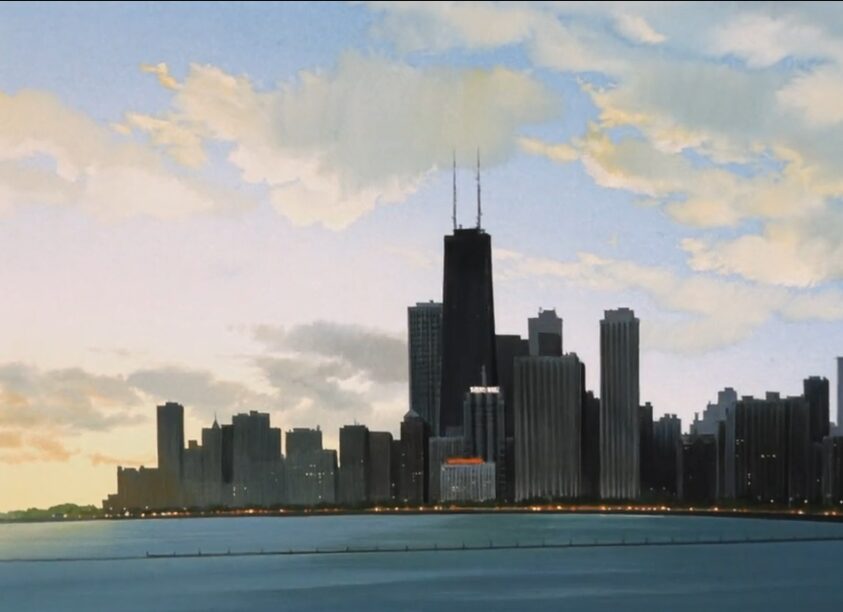
In crime-infested Chicago, skilled bounty hunters Irene “Rally” Vincent and “Minnie” May Hopkins run Gunsmith Cats, a firearms store of questionable legality (hint: they don’t like paying taxes or the federal government). One day, Bill Collins, an agent for the Chicago branch of the ATF, blackmails Rally and May into working with him on a gun runner case. The stakes are high, but Rally’s sharpshooting and driving skills and May’s knowledge of explosives and booby traps might just give them an upper hand. (Adapted from MAL)
GSC is one of many projects with a cult following from the brilliant mind of ARTMIC auteur, character designer, and mangaka Kenichi Sonoda. In an interview with Dennis A. Smith, Sonoda cited The Blues Brothers as one inspiration. For a look inside ARTMIC’s 1980s office, check out an interesting article from Zimmermit.
For the OVA, a great amount of attention was placed on properly capturing the feel of real-world locations, vehicles, and weapons. One standout is the 1967 Ford GT-500 Shelby, light blue, captured in all its beauty and horsepower, which was recorded and filmed on a Hollywood stage.
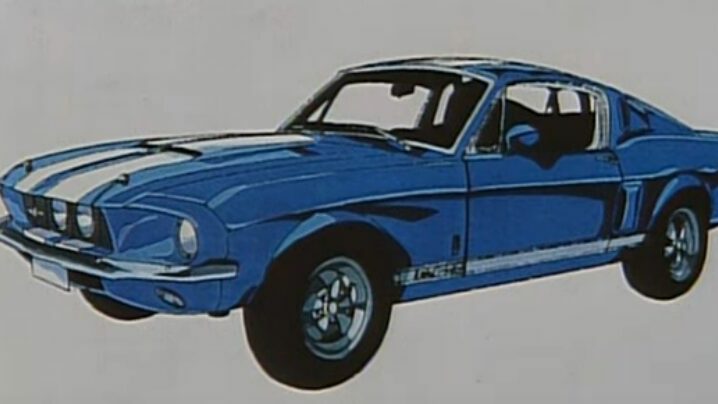
This dubbed-over Gunsmith Cats ‘Making Of’ video from the 2001 ADV Films DVD release includes footage of mid-90s Chicago during a location tour and footage the real model of the ’67 Shelby. The footage of the police academy shown here may have inspired the firing range sequence in the first episode of the OVA.
The Wrigley Building is a famous and gaudy Chicago landmark skyscraper built in the 1920s to serve as a headquarters for Wrigley, the same chewing gum company with the naming rights to the Chicago Cubs’ Wrigley Field.
Another shot in the introduction to the series features a host of Chicago landmarks including the Chicago Theatre, the Marina City towers as featured on Wilco’s Yankee Hotel Foxtrot, and a famous meeting spot called the “Great Clock” at Marshall Field’s, which is now a Macy’s.

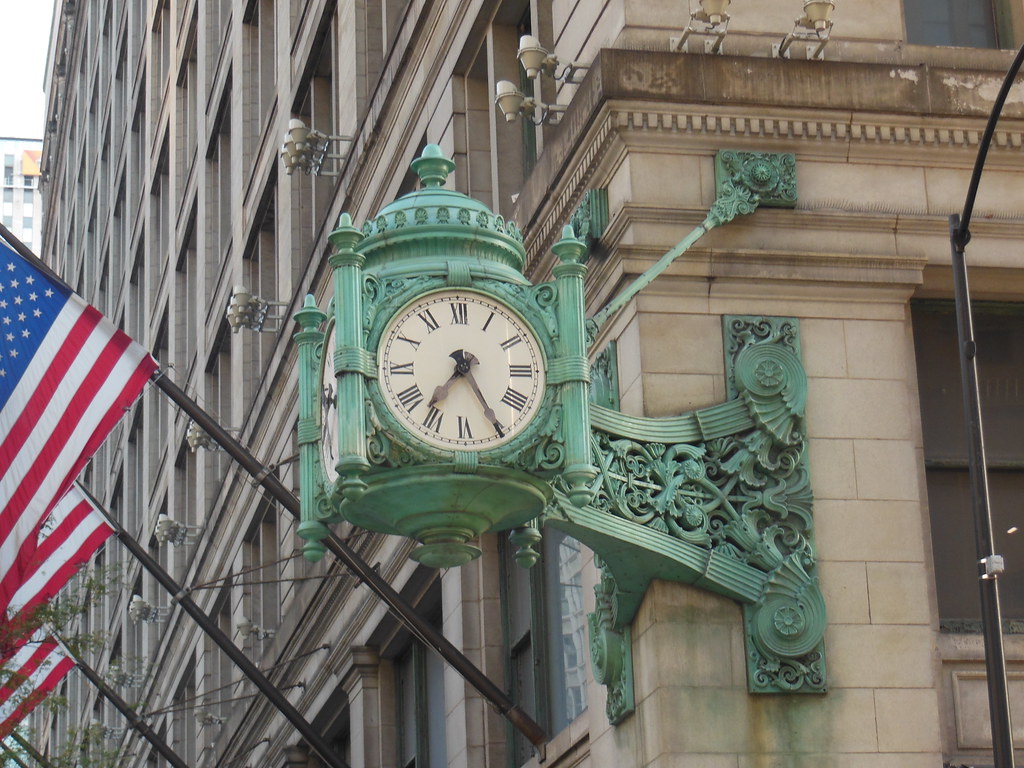
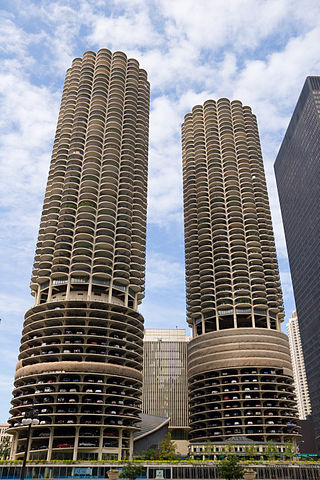
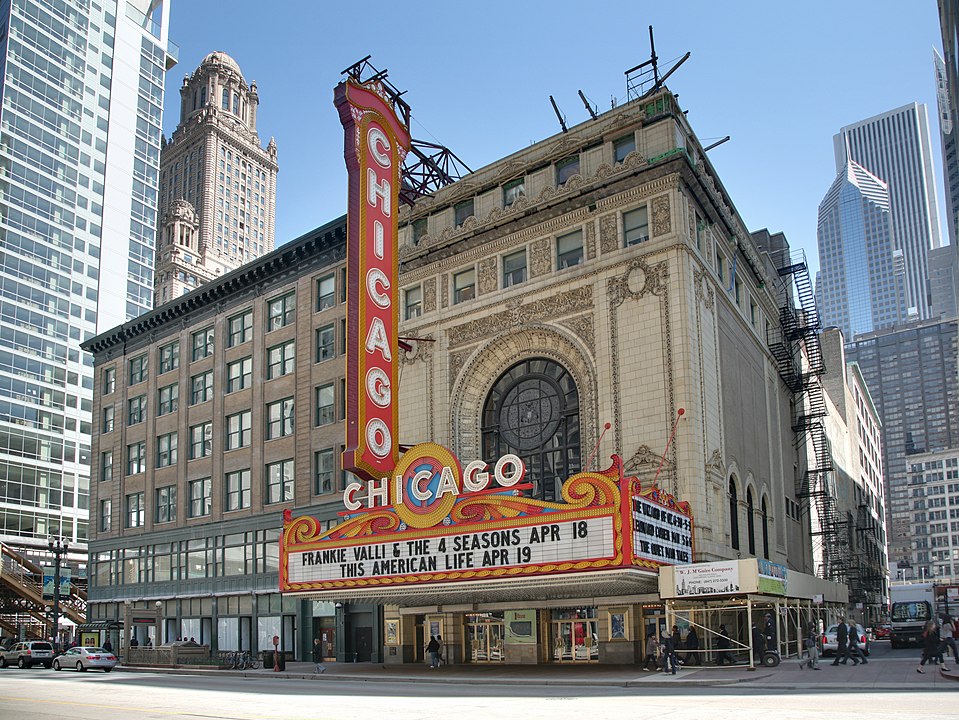
In the first episode, Rally makes a pit stop at Chicago City Hall to interview Jonathan Washington after he was detained.
In a later shot, Rally, May, and Becky drive under the iconic steel girders and support columns of the “L”, Chicago’s famous elevated rail transit system.
A shot of the Chicago Police Headquarters, despite a difference in glyph spacing, seems based on the old headquarters building at 1121 South State Street which was replaced in 2000 due to being deemed too old. The new headquarters was moved further from downtown and has more parking.
This panning shot across a yellow taxi is a nod to the real-world Chicago Yellow Cab Company, which has fleet cars with similar badging. In fact, there’s a good chance that the exact car depicted is a Chevrolet Caprice. According to Flickr, the photo below the stitched frames shows a Yellow Cab Caprice operating in Chicago in 1990.

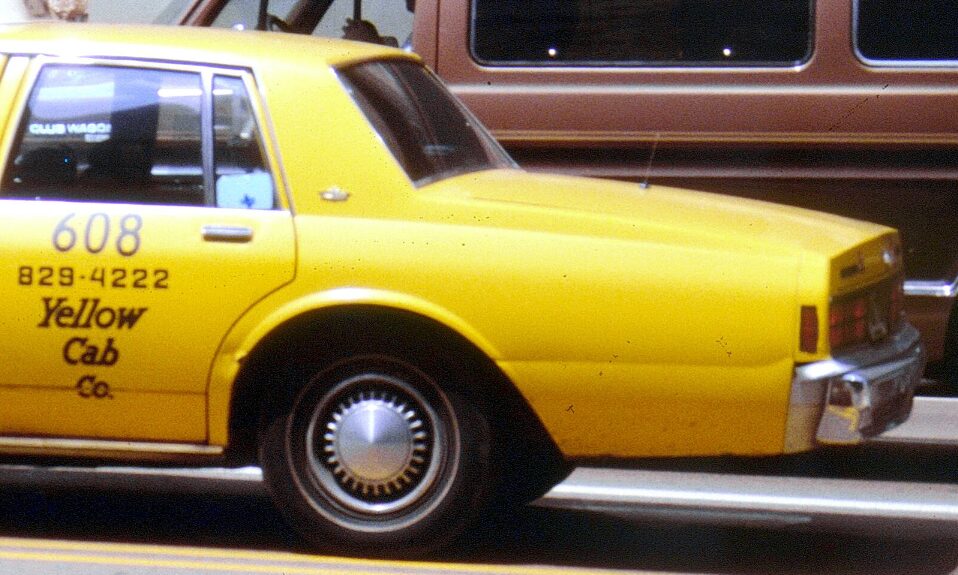
One scene in the third episode includes the neon sign of the Hotel Roosevelt, which has been turned into apartments. When the building became an apartment complex, the sign was removed. Before becoming the Hotel Roosevelt, the building was known as the Somerset Hotel.
The climactic shootout of Episode 3 takes place at an outdoor amphitheater and museum in Grant Park, according to the TV reporter. That detail and the twin lions outside the front of the museum and three entry arches would point to the Art Institute of Chicago and the Petrillo Music Shell. The nearby Jay Pritzker Pavilion was not started until 1999. However, the AIC is missing a particular depicted in the animation: an iconic green domed roof. That sounds a lot more like the Museum of Science and Industry located several miles south in the Hyde Park area.

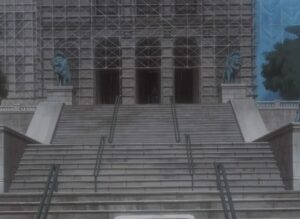
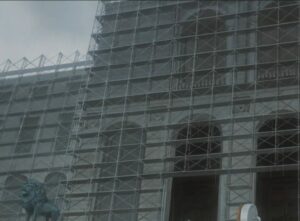
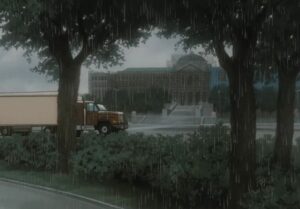
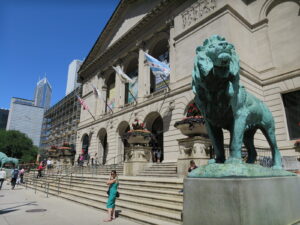
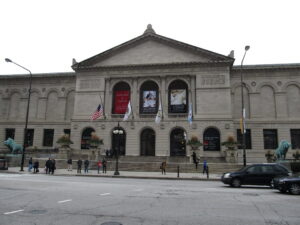
The iconic trunnion bascule drawbridges of the Chicago River are what makes it possible for drivers and boat pilots to coexist in the city’s urban corridor. Nowadays, the bridges are raised about 40 times per year, mostly to allow for the passage of the sailboats and yachts of well-off Chicagoans. The 95th Street Bridge was famously gapped in The Blues Brothers with practical effects, a move unintentionally replicated by the episode 2 antagonist to much less success.
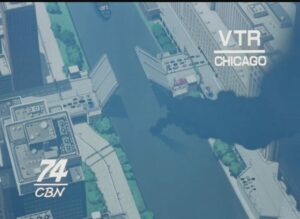
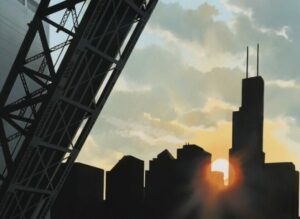
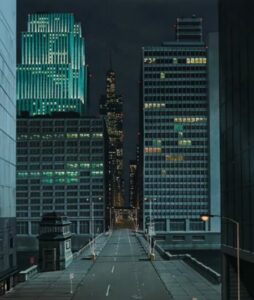
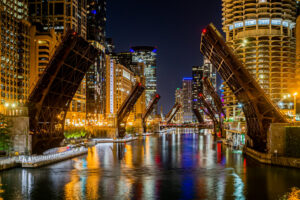
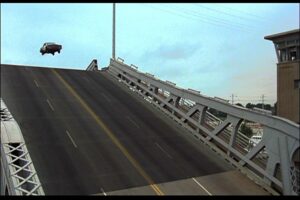
The power station in Episode 3 is the State Line Generating Plant on the Indiana-Illinois border, which was decommissioned and demolished in 2012. That made it hard to find, until I conducted a reverse image search on a shot of artboard photography from the ‘making of’ feature. And wouldn’t you know it, a yacht club can be found nearby with their own seal logo.
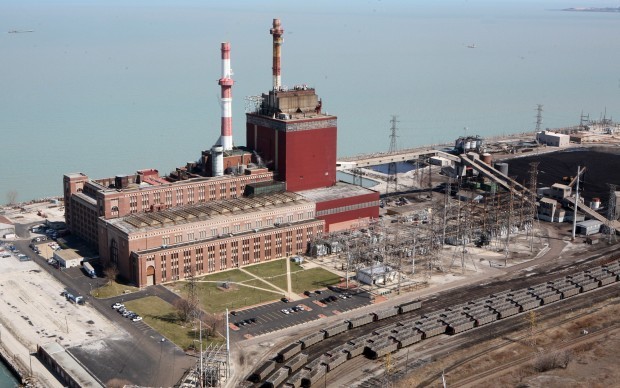
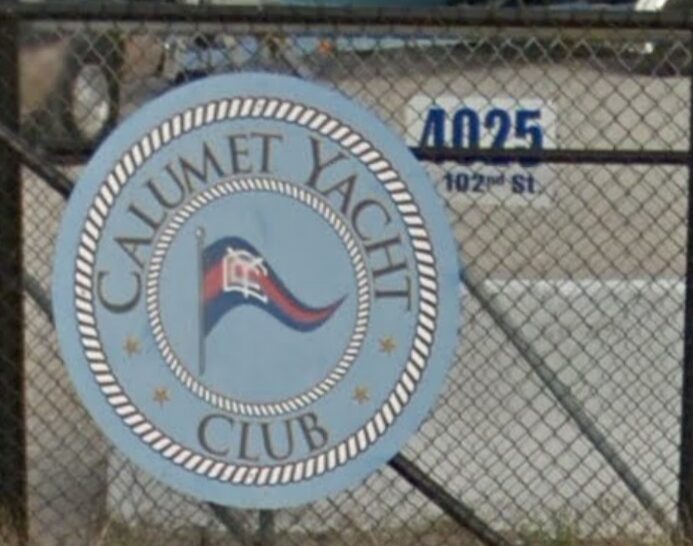
It’s sort of moving that Sonoda, director Takeshi Mori, and the staff of OLM would go to such an extent to nail a distinctly American atmosphere. They even got Weather Report drummer Peter Erskine to work on the soundtrack. The backgrounds of Gunsmith Cats and its setting are also discussed as a chapter in a long YouTube video essay by Internet Pitstop on anime backgrounds, with a special guest from Chicago introduced to demonstrate some of its inspiration in person. Considering how especially American the story feels, it’s kind of disappointing it didn’t make much of a wave in the American anime and manga fandom on release, even though its popularity is starting to see a bit of a resurgence online.

